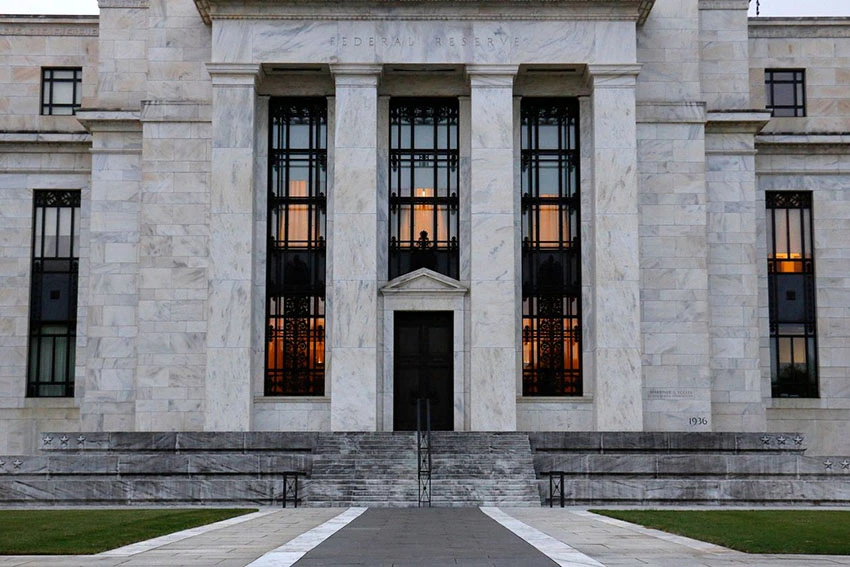
The Federal Reserve said Tuesday it would launch a temporary lending facility that for the first time will allow foreign central banks to convert their holdings of Treasury securities into dollars, its latest bid to alleviate strains in global markets.
The program is designed to alleviate stresses in currency markets that had prompted more foreign central banks to sell their holdings of Treasurys. The Fed has been aggressively purchasing Treasury and mortgage securities to reduce market strains, and the latest move could reduce the supply of those securities hitting the market if foreign central banks can more easily exchange them for dollars.
The program could allow around 170 foreign central banks and other international monetary authorities that maintain accounts at the New York Fed and aren’t subject to U.S. sanctions to enter a lending arrangement called a repurchase agreement, or repo, in which borrowers temporarily exchange their Treasury securities for dollars.
“This facility should help support the smooth functioning of the U.S. Treasury market by providing an alternative temporary source U.S. dollars other than sales of securities in the open market,” the Fed said in a statement.
The repo facility for foreign central banks will be available beginning April 6 for at least six months.
The latest dollar-lending programs will complement separate tools the Fed has launched to lend dollars to 14 other central banks in Europe, Canada, Mexico, Japan, Brazil and Australia to ensure markets don’t run short of currency outside of the U.S.
Many business transactions abroad take place in dollars and foreign institutions also lend in the currency. The Fed used these “swap” lines aggressively in 2008 and 2009 during the financial crisis.
But the latest lending program goes beyond what the Fed employed during the financial crisis or the 2011-12 eurozone crisis by making available dollar funding to a far broader cohort of emerging-market reserve banks. It underscores the growing primacy of the dollar in global finance and the demands that has placed on the Fed to serve as a central bank to the world.
The new lending facility is likely to reach a much broader set of foreign central banks, especially those with acute dollar demands that don’t have Fed swap lines, including in India, China and Saudi Arabia.
While swap lines essentially allow the Fed to lend against the currencies of foreign central banks, the latest repo transactions offer these central banks loans against their holdings of U.S. Treasurys.
The latest facility should “serve a useful role to assist smaller emerging markets that need to monetize dollar assets to lean against excessive exchange-rate depreciation,” said analysts at Evercore ISI in a report Tuesday.




















